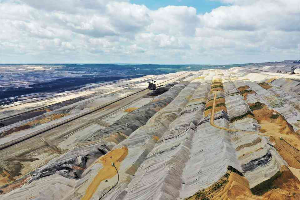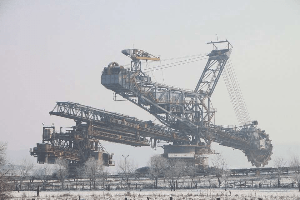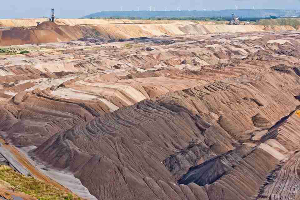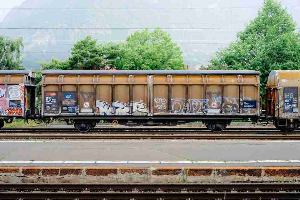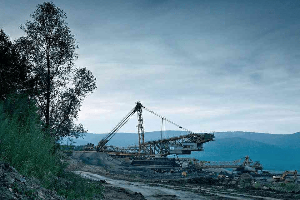E
The need to feed a growing population is putting much pressure on the world’s supply of water. With 97% of the world’s water too salty to be drunk or used in agriculture, the worldwide supply of water needs careful management, especially in agriculture. Although the idea of a water shortage(短缺)seems strange to someone fortunate enough to live in a high rainfull country, many of the world’s agricultural industries experience constant water shortages.
Although dams can be built to store water for agricultural use in dry areas and dry seaons, the costs of water redistribution(重新分配)are very high. Notonly is there the cost of the engineering itself, but there is also an environmental cost to be considered. Where valleys(山谷)are flooded to create dams, houses are lost and wildlife homes destroyed. Besides, water many flow easily through pipes to fields,but it cannot be transported from one side of the world to the other. Each country must therefore rely on the management of its own water to supply its farming requirements.
This is particularly troubling ro countries with agricultural industries in areas dependent on irrigation(灌溉). In Texas, farmers’ overuse of irrigation water be resulted in a 25% redcution of the water stores. In the Central Valley area of south eastern USA, a huge water engineering project provided water for farming in dry vallege, but much of the water use has been poorly managed.
Saudi Arabia’s attempts to grow wheat in desert areas have been the pumping of huge quantities of irrigation water from underground reserves. Because there is no rainfall in these areas, such reserves can only decrease, and it is believed that fifty years of pumping will see them run dry.
72. From the first two paragraphs we learnt that _______.
A.much of the world’s water is available for use
B.people in high rainfll countries feel lucky
C.the costs of water redistribution should be considered
D.water can be easily carried through pipes across the world
正确答案:C

